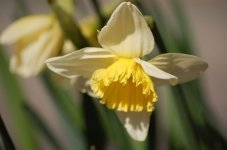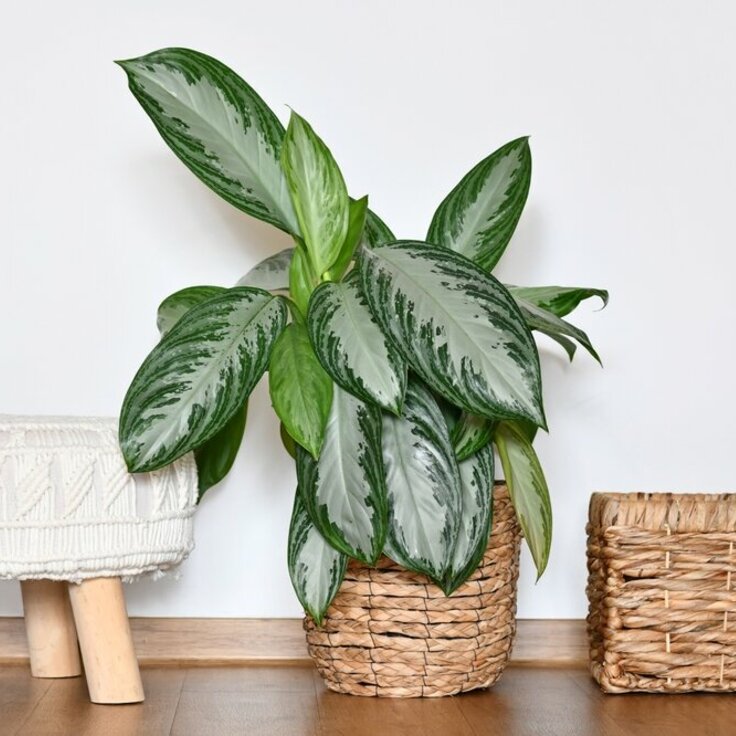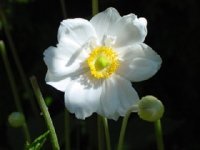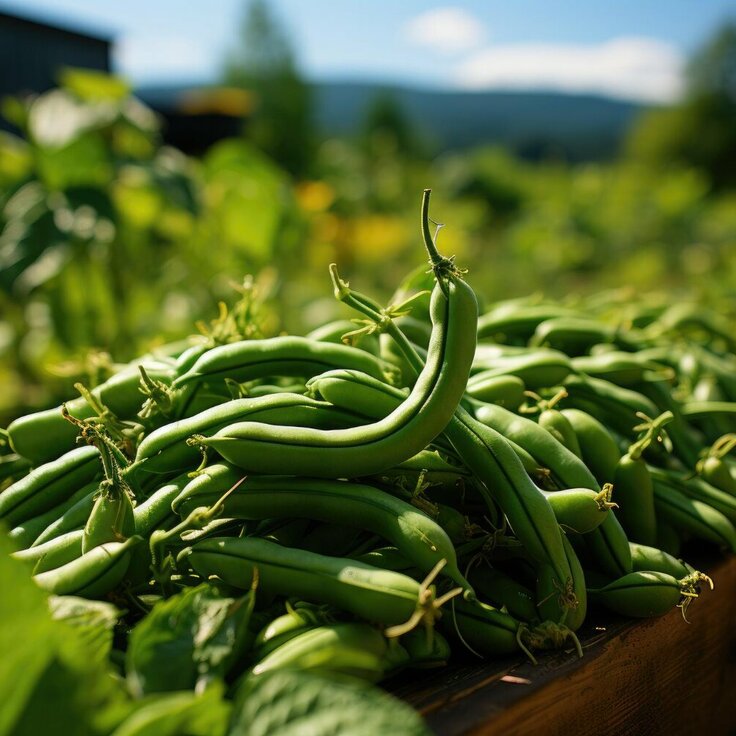Training Apple Trees
If you climbed apple trees as a child, chances are you have a fondness for big, old trees with gnarly branches that invite exploration, and whether they happen to drop some apples every year is beside the point. But sometimes we actually would like good-tasting fruit from our fruit trees. For ease of picking and maintenance, shorter dwarf and semi-dwarf apple trees are wonderful. If you train them correctly from the beginning, they won't need much attention every year. Plus they begin bearing at a younger age than standard size trees, and they can fit into most any size landscape.
The term "training" is often used interchangeably with "pruning," but apple tree training actually includes pruning as well as some other techniques, such as staking and branch-spreading. Training can encourage the growth patterns that benefit fruiting -- a strong branch framework, wide branch angles, and a thinned branch canopy. While each variety of apple tree has particular pruning recommendations that you'll want to follow, these growth patterns are the goal for all. The best time for pruning is in early spring before new growth begins, so that means the window of opportunity is closing fast!
Strong Branch Framework
For a tree to withstand the weight of an abundant crop of fruit, it needs a strong framework. The main branches that form the framework are called the "scaffold" branches. From the time an apple tree is young, you'll want to encourage strong scaffold branches by removing weak growth and leaving branches that are well spaced. One advantage of buying plants from nurseries specializing in fruit trees is that they may prune trees before they sell them, so you can be sure the trees are off to a good start.
An ideal framework has branches evenly spaced in a spiral around the trunk, so they won't crowd each other or shade the branches directly below. So, if two branches emerge from the same location on the trunk, remove the weaker one. If one branch is directly above another one that faces the same direction, keep the best-spaced branch and cut off the other one.
You want the tree to have a more or less conical shape. The lowest scaffold branches should be the longest, the next higher branches the next longest, and so on. If the upper branches grow longer than the lower branches, prune them back so they are shorter.
Wide Branch Angles
A good branch angle -- the angle between the branch and the trunk -- is 45 to 60 degrees, with 60 being ideal. Wide branch angles promote healthy fruiting for two reasons. The branch union, where it joins the trunk is much stronger at these wide angles than at narrow, more upright angles. This can mean the difference between a branch that can sustain the weight of an abundant crop, and a branch that breaks under the weight of the fruit.
Another advantage of wide angles has to do with the effects of apical dominance, which is a hormone-triggered growth response. Apical dominance encourages vigorous, upright growth that is slower to form flowers and fruits than branches that grow outward from the trunk at more of an angle. However, fully horizontal branches tend to produce thin vertical shoots called watersprouts, which also diminishes fruit production. That's why the optimum angle is 60 degrees.
To create wider branch angles, you can use a technique called "spreading" on young trees. Place small pieces of wood (you can use pinch-type clothespins) between the trunk and young branches to spread them apart, or tie a branch to a stake on the ground to help it bend into a wider angle. Do any spreading early in the season when the wood is flexible. Remove the spreaders after a month or so to prevent the bark from growing around them.
If the tips of branches you've already spread begin curling vertically, either spread them again or cut off the tips.
Thinned Branch Framework
Fruit requires lots of sun to ripen, and some trees become so twiggy that many developing fruits are forced to live in the shadows. By thinning (removing) branches, especially those growing into the center of the tree, you'll open up the interior and let the sun in, as well as increase air circulation which can help lower chance of disease.
For more information please see The National Gardening Association.








